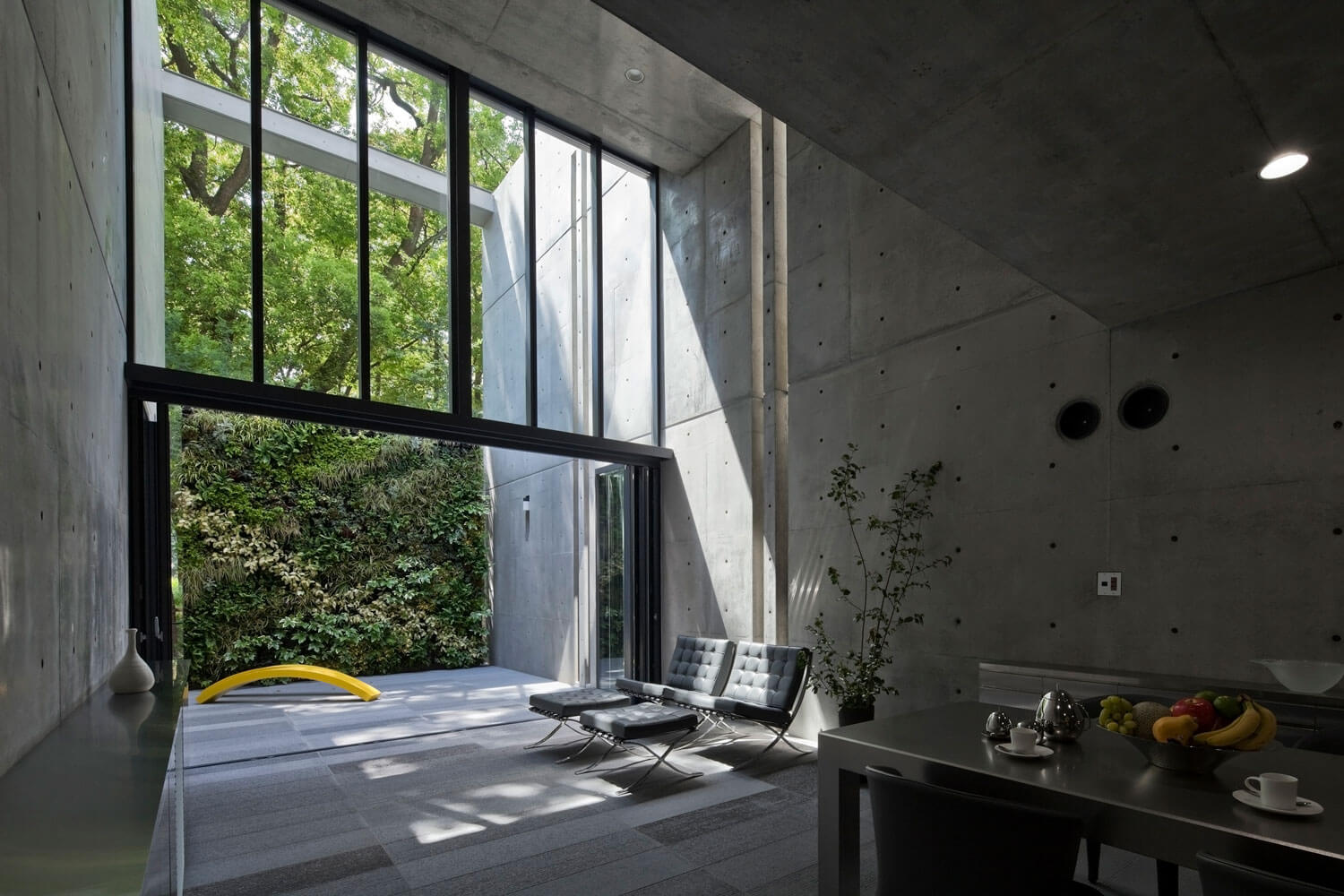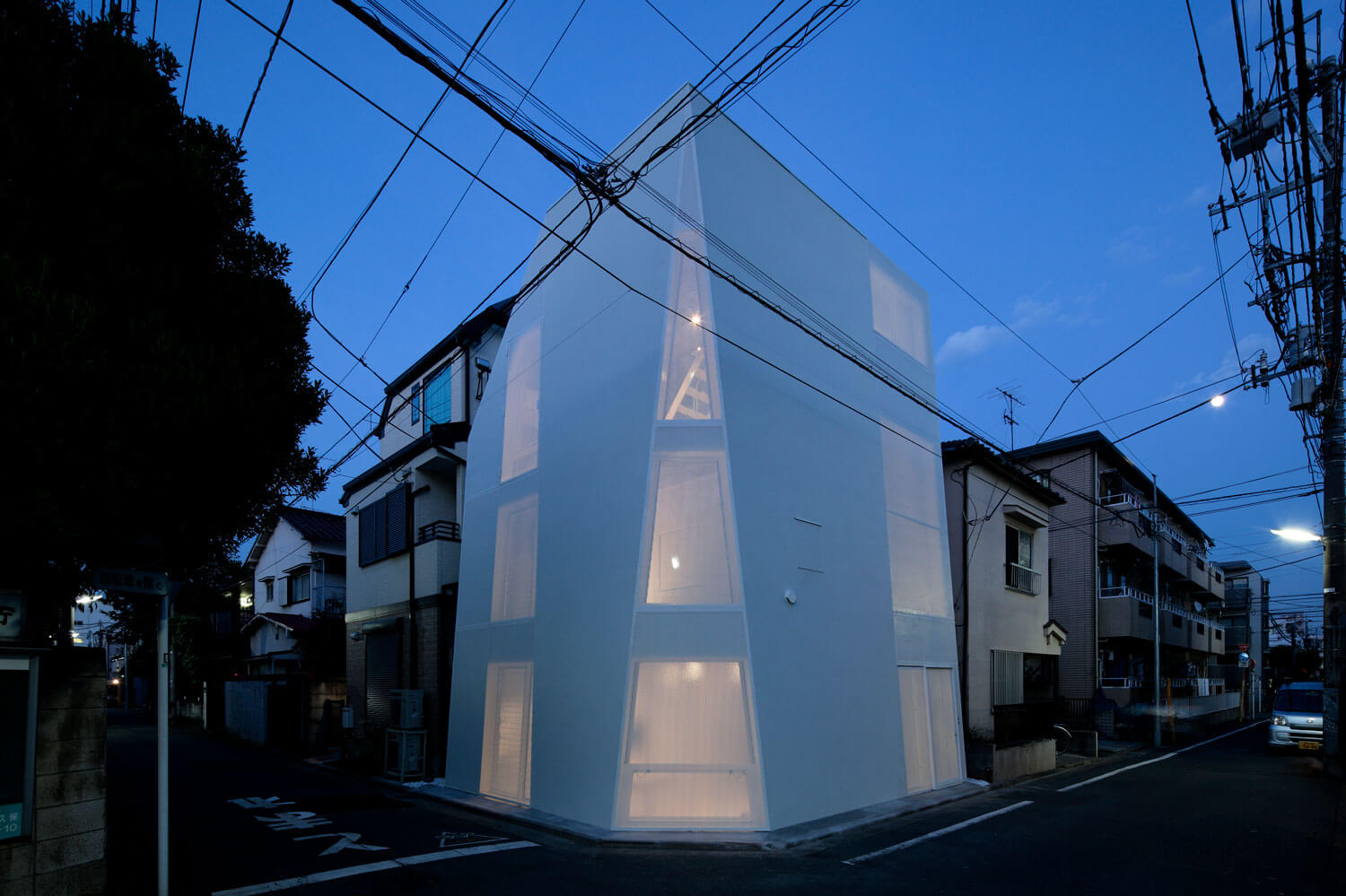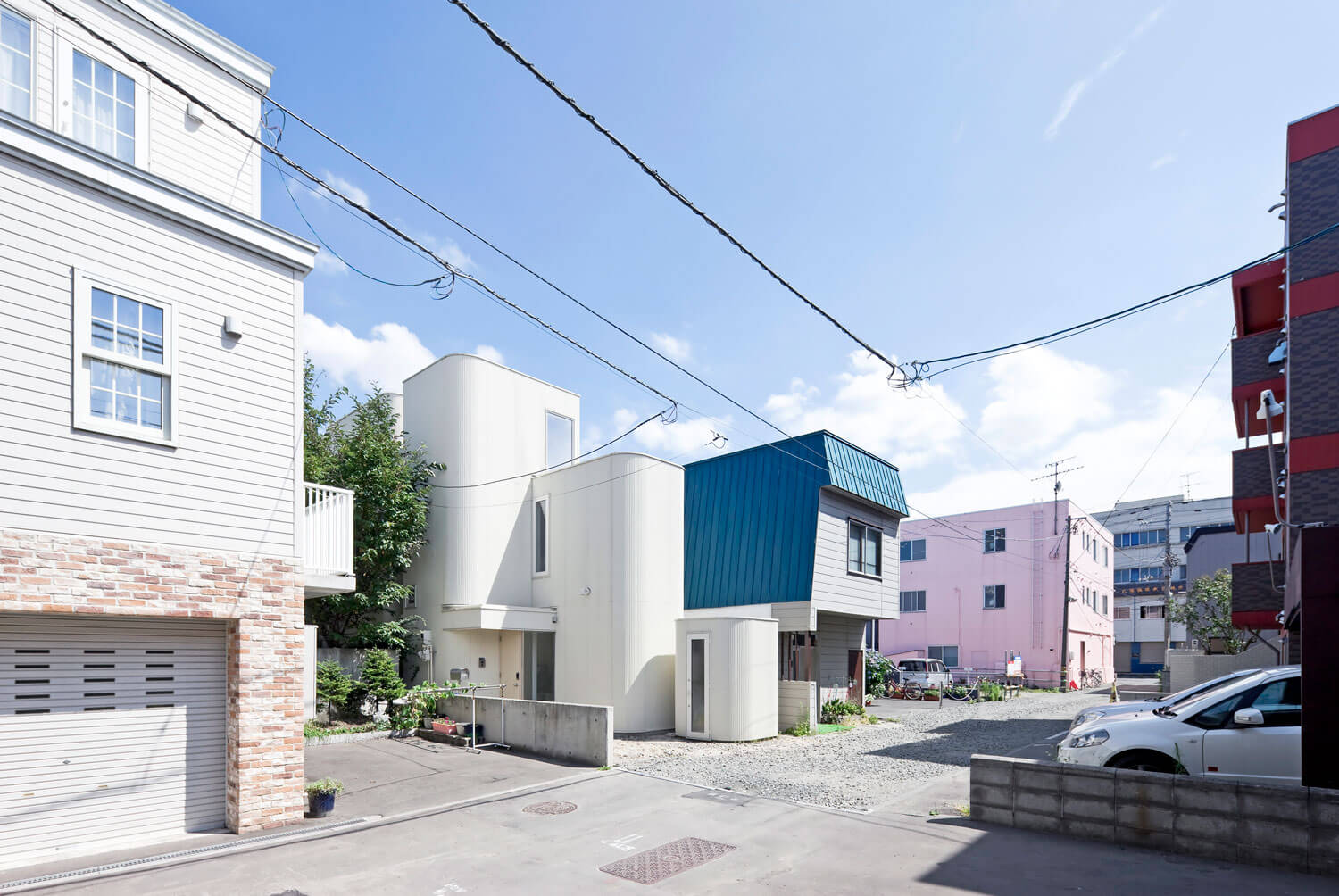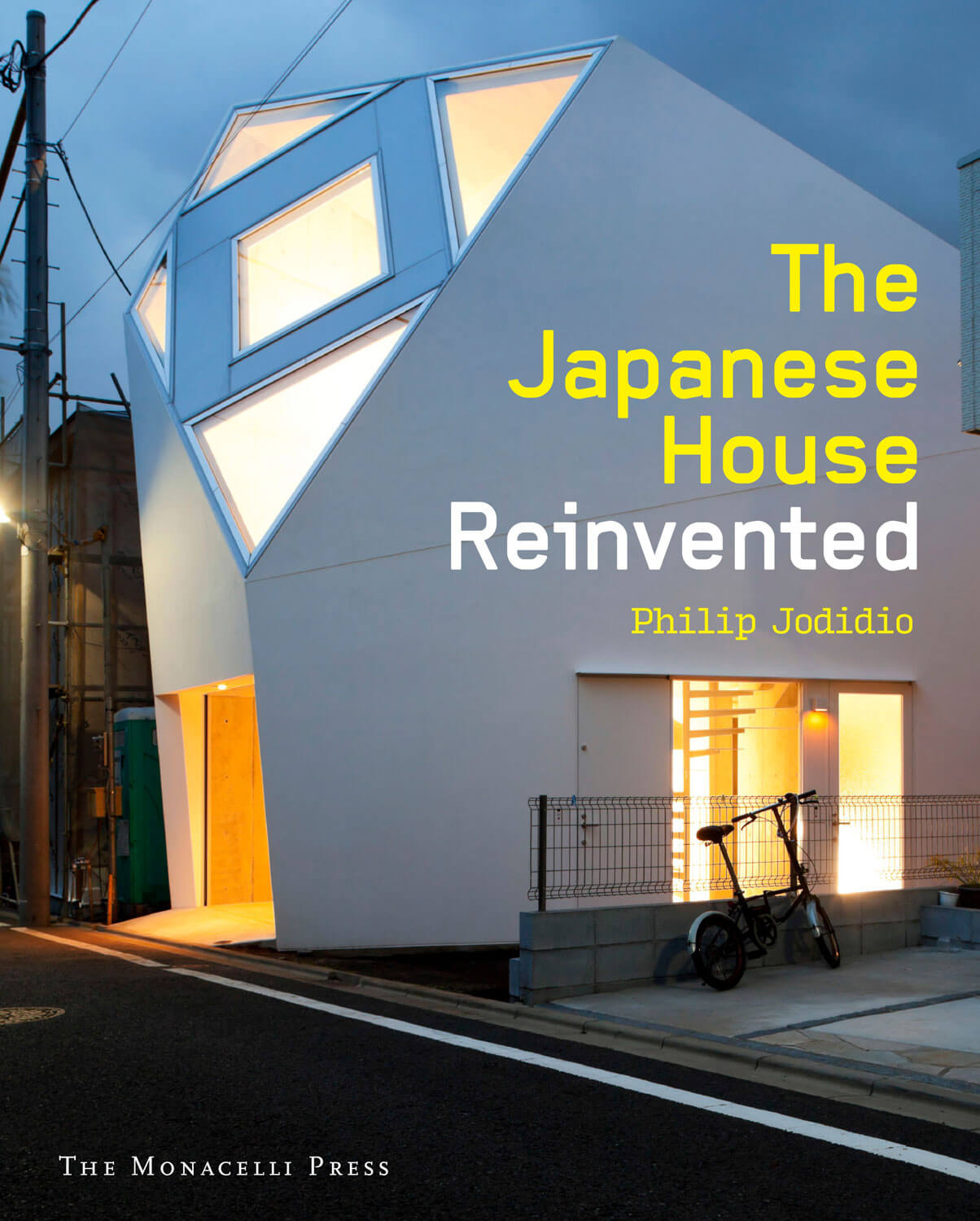The Modern Japanese Home, Withstanding Environmental Conditions
The ingenuity of architects in solving the country's climate- and crowding-related challenges is revealed in ‘The Japanese House Reinvented.’

House in Utsubo Park, Tadao Ando Architect & Assoc. © 2014 Shigeo Ogawa
Faced with crowded urban areas and the constant threat of earthquakes, Japanese architects have to consider extreme environmental factors when designing new buildings. These challenges encourage them to innovate tirelessly and to reinvent: this is the subject of the book The Japanese House Reinvented by Philip Jodidio, published in 2015.
The attention paid to materials, technologies, and the various ways of lighting the space as naturally as possible (while preserving privacy) are reflective of the new ways of designing living spaces—more resilient and more respectful of nature, in harmony with the exterior. This contemporary Japanese architecture acts as a model worldwide, particularly since Kenzo Tange received the prestigious Pritzker Prize in 1987.
The Japanese House Reinvented (2015), a book by Philip Jodidio, is published by Monacelli Press.

Tokyo House, A.L.X. Architect © 2014 Koichi Torimura

House of Density, Jun Igarashi Architects © 2014 Sergio Pirrone

Image courtesy of The Monacelli Press
TRENDING
-
The Tattoos that Marked the Criminals of the Edo Period
Traditional tattoos were strong signifiers; murderers had head tattoos, while theft might result in an arm tattoo.

-
‘Shojo Tsubaki’, A Freakshow
Underground manga artist Suehiro Maruo’s infamous masterpiece canonised a historical fascination towards the erotic-grotesque genre.

-
The Story of Sada Yacco, the Geisha who Bewitched Europe
Described by Dazed magazine as the first beauty influencer, she has been restored to her former glory since 2019.

-
Ito Jakuchu's Naturalist Paintings
From 15 September until 14 October 2018, the Petit Palais showcased the artist's iconic ‘Images of the Colourful Realm of Living Beings’.

-
Chiharu Shiota, Red Threads of the Soul
Last year, more than 660,000 people visited the retrospective 'Chiharu Shiota: The Soul Trembles' exhibit at the Mori Art Museum.





